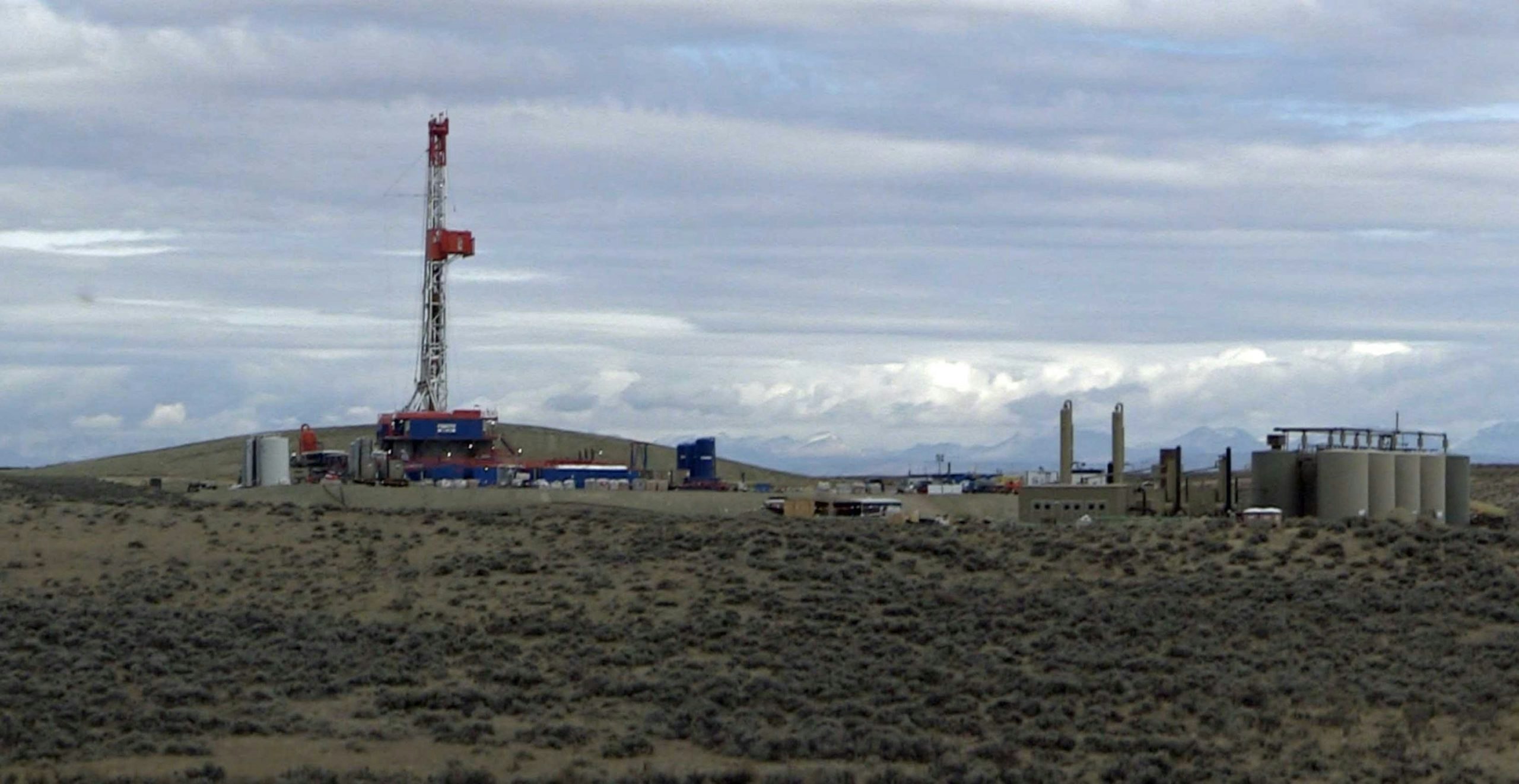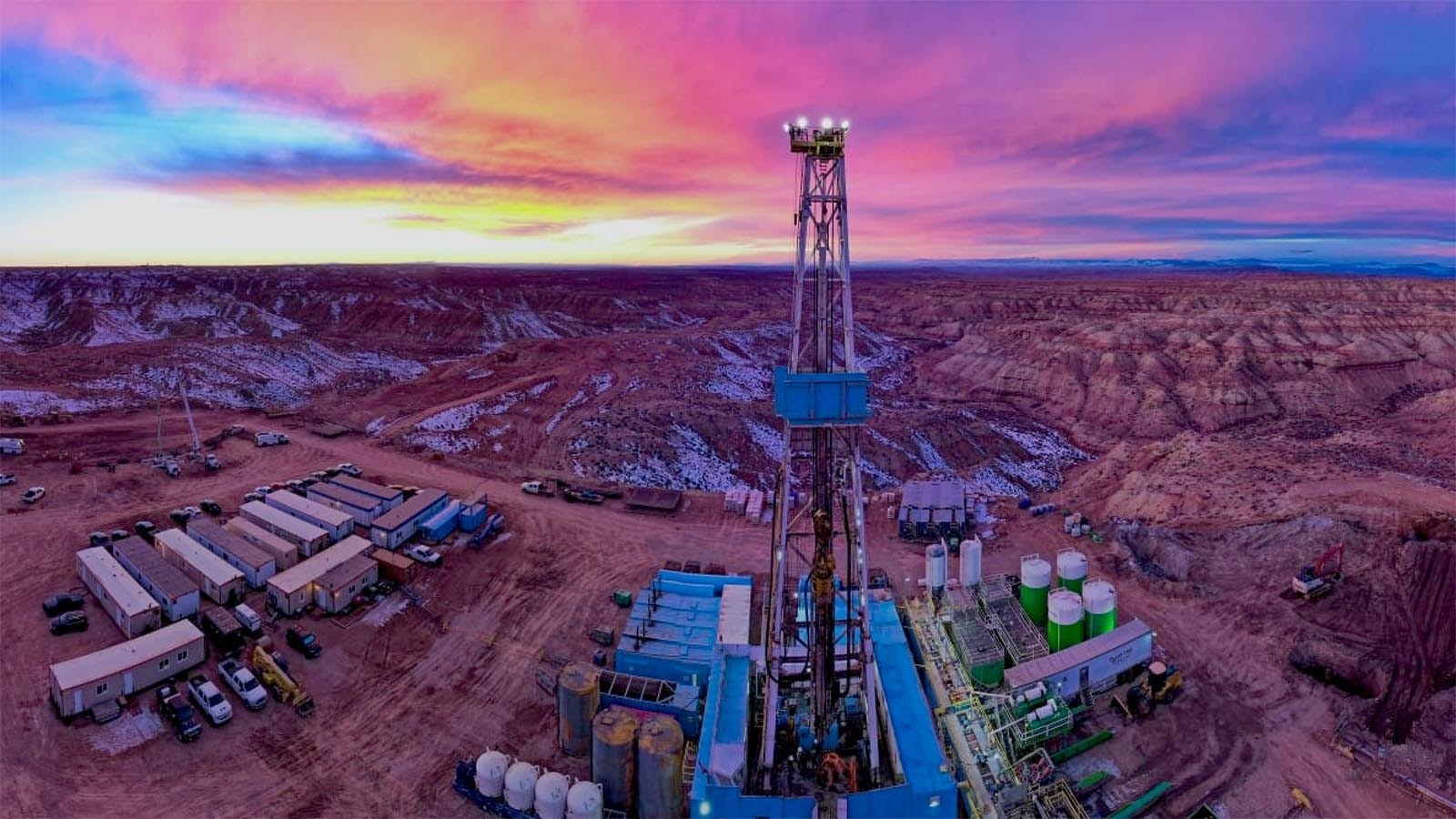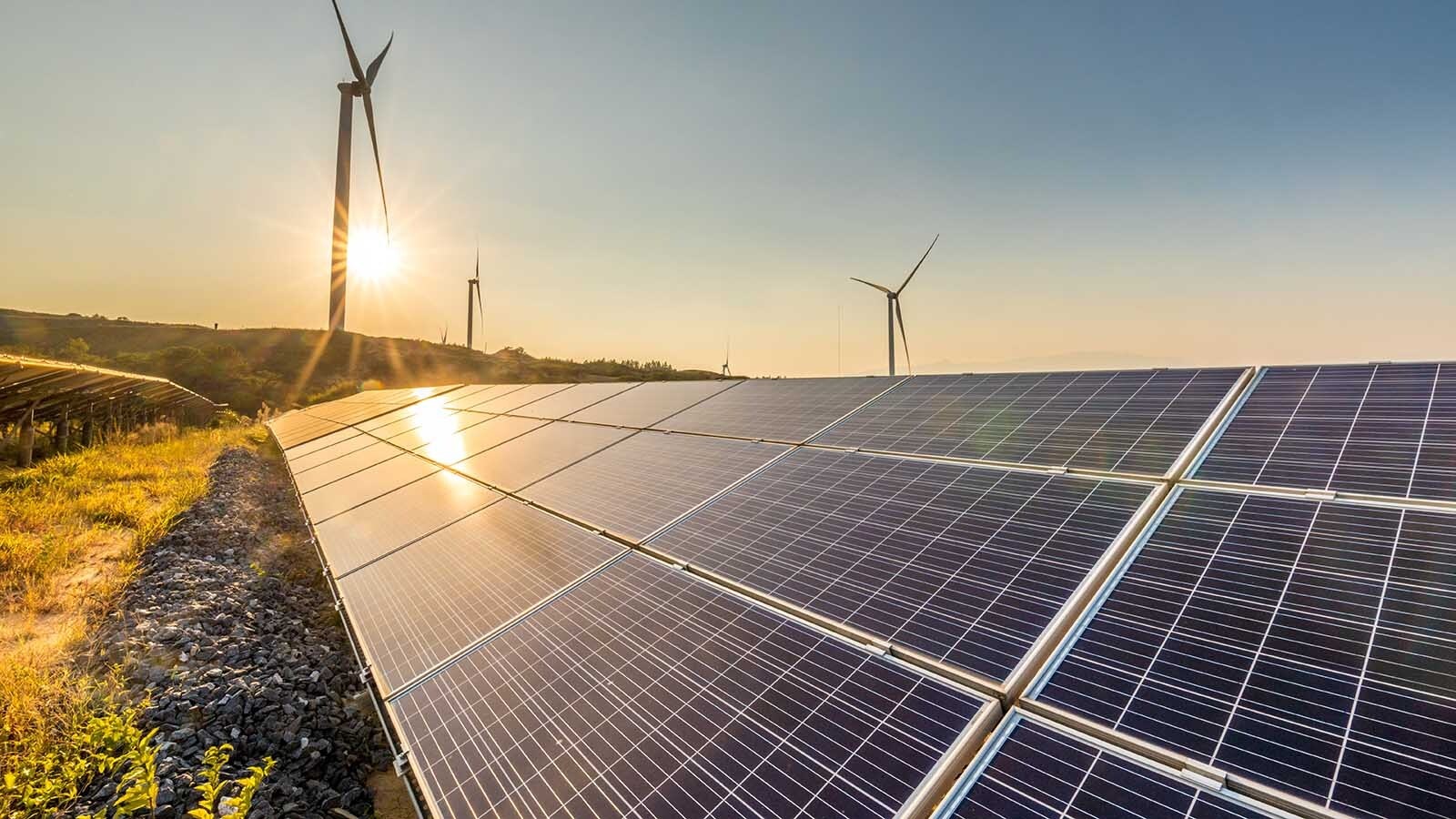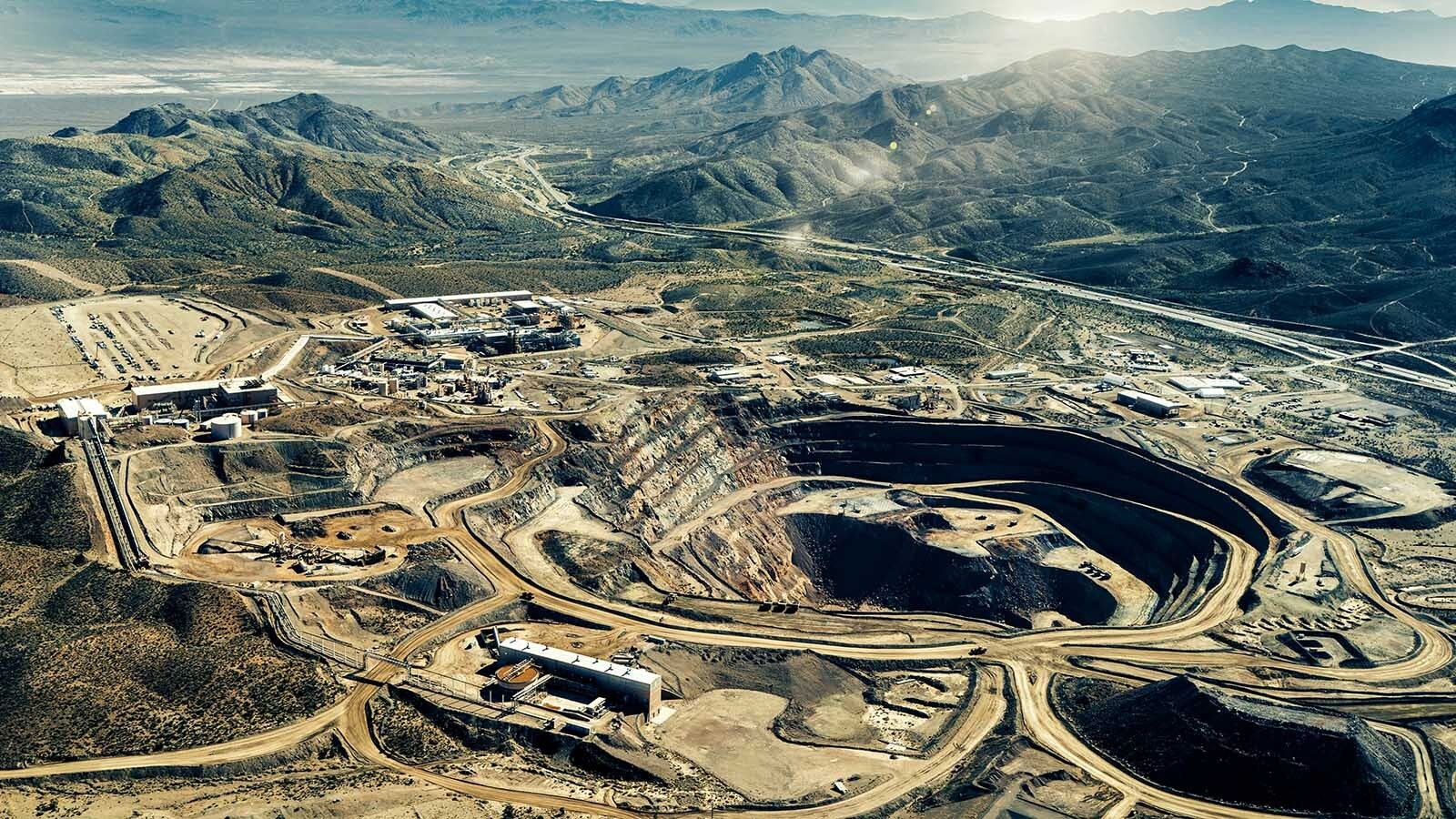A victim of its own success, Wyoming’s natural gas industry has faced plummeting prices in recent years, leaving only one operator with active rigs in the state, the Petroleum Association of Wyoming (PAW) reported.
“There are 23 active rigs in the state, and of those only two are natural gas,” said PAW Communications Director Ryan McConnaughey. “There are a lot factors impacting natural gas, but a big one is sustained low prices.”
More than a decade ago, natural gas experienced a surge in popularity with the advent of hydraulic fracturing, or fracking, that boosted production, but a University of Wyoming researcher said the mining process was almost too successful.
“In the last decade, we’ve become so good at getting oil and gas out of the ground through unconventional methods — fracking and horizontal drilling,” said Rob Godby, the director for UW’s Energy Economics and Public Policies Center and an associate professor for the College of Business. “Prices have fallen through the floor. There’s just too much natural gas on the market.”
In 2008, national natural gas prices were around $7 per 1,000 cubic feet (MCF), Godby said. The price as of Wednesday was $1.77 per MCF.
“It’s only gone one direction, which is down,” he said. “The other thing that’s scary about that price is we’re in the middle of winter, and if you’re going to have a coldest month, it’s February.”
As energy companies switch over to renewable power sources for electricity generation, natural gas and coal have stepped into backup roles to ensure the lights stay on during major winter storms. Previously, natural gas prices spiked to around $150 per MCF during these events, but Godby said those instances are becoming less frequent.
“In real terms, taking inflation into account, we’re essentially at the lowest point in gas sales history,” he said. “Operators are having a very hard time making money with natural gas.”
Permian Basin
The hydraulic fracturing process is not selective, so when oil operators frack, they often capture natural gas as a free and marketable byproduct, Godby explained.
“People often think of oil and gas drilling as a jelly donut, and operators are trying to get that jelly out,” he said, crediting the analogy to Mark Watson, the Wyoming Oil and Gas Conservation Commission director. “But, it’s really like Tiramisu.”
Operators horizontally drill through layers of rock containing oil and gas, then pressurize the hole with water and other additives, which fractures the rock and releases both oil and gas.
“In the last year or so, the U.S. just became the largest producer of oil, and all that oil growth brings with it a lot of natural gas,” Godby said. “And the most prolific field where this is happening is in the Permian Basin on the eastern half of New Mexico and Western side of Texas.”
Natural gas producers in Wyoming are typically producing only natural gas while competing with oil producers, whose get their natural gas essentially free.
Further complicating the situation, McConnaughey said Wyoming’s tax on natural gas is higher than New Mexico’s.
“Wyoming’s tax rate on energy production is not competitive with our peers,” he said. “It’s typically about 4 percent more than other states, and New Mexico takes 4.5 percent less than Wyoming does.”
Coronavirus
With less extraction comes less revenue for the state, a major challenge when considering mineral revenues paid for more than 50 percent of the state’s budget in 2017, the Wyoming Taxpayer’s Association reported.
Coal’s decline is well documented in Wyoming, but Godby said natural gas is not far behind.
Since 2015, Wyoming’s projected natural gas production declined by 18 percent, and natural gas severance tax payments have dropped 19 percent, UW documents state.
“Our economy has gone from riding a tricycle with coal, natural gas and oil to a bicycle with natural gas and oil, and now,” Godby said, “we’re down to riding a unicycle with oil, which is the most volatile of the three.”
Oil production is projected to increase 14 percent from levels in 2015, bringing the state a 9 percent increase in oil severance tax, but that income might not be reliable, he said.
“Oil production could rise and offset some of the declines,” Godby said. “The problem is oil is still the most difficult commodity to forecast for, and as the transportation industry moves away from fossil fuels in the future, it will become even more volatile.”
China is one of the two largest oil consumers in the world, and the coronavirus epidemic has “slowed their economy to a crawl,” decreasing their energy demand, Godby said.
“This is why gas prices at the pump are so low,” he explained. “Oil prices right now are really low, because demand has dropped.”





